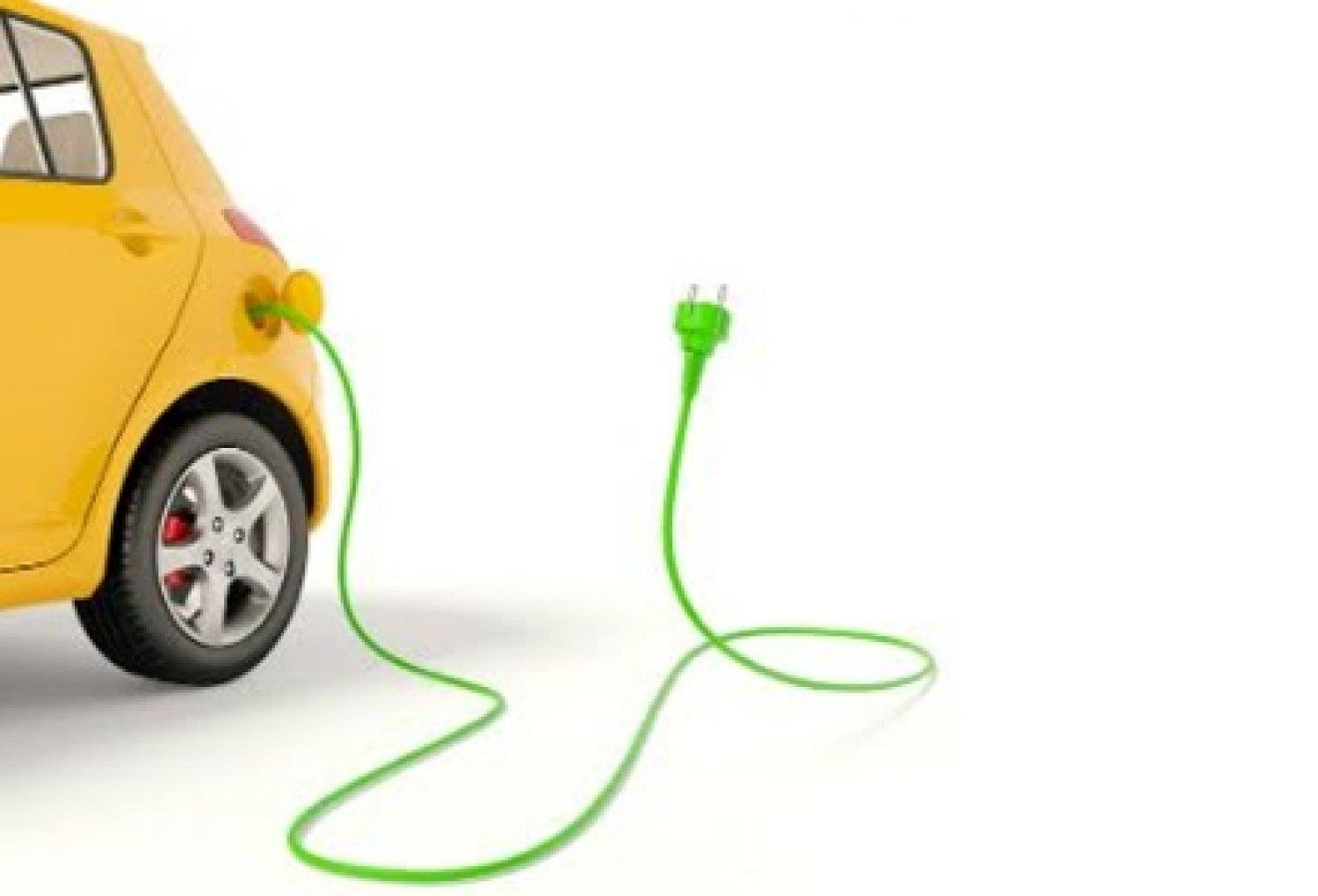No need to plug it - the Electric Car sells itself

While some canny motorists have taken the leap of faith into Electric Vehicles (EVs), would you be brave enough to meet the future head on? Change can be daunting for most of us and while there’s a definite movement and direction towards EVs, it will still be a while before we all whizz around town in one.
Technology is moving rapidly and every year the capabilities of the EV improves and the revolution rolls on. Here are a few common questions answered to keep you up to speed.
When is a spade not a spade? What are the differences in electric car models?
Electric cars are very much in their infancy so there are a limited number of variants on the market – here’s what they are and how they work.
- Plug-in hybrid electric vehicles (or PHEVs) can use battery power, traditional internal combustion or both, recharging themselves as they drive.
- Battery electric vehicles (or BEVs) run solely on battery power and need charging on average every 100-170km.
- Many PHEVs and BEVs share technologies but if you are unsure, be sure to ask one of our representatives.
Why should I buy an electric car?
Lower on road costs, environmentally friendly, peaceful and serene – EVs are stacked with positives. Surely the greatest attribute of the EV is the lack of negative effect it has on the planet, especially the BEVs like the Nissan Leaf, which gives off zero emissions. If the green argument doesn’t capture your attention, no problem, the dollar savings (that can reach up to around 80% of your petrol bill) might sway your thinking.
And don’t fret, EVs can match it with the rest of the pack and do reach safe open road speeds.
Sounds too good to be true, so what’s the catch?
The electric car is still a work in progress and there are a few limitations compared to their petrol counterparts. The main impediment is the battery life of an EV but every new model on the market is enhancing this aspect with current offerings boasting a range of up to 160km.
As the popularity and technology of EVs increases, so too will the range of models to choose from, but at the moment smaller urban cars - which can seat five people - are the current flavour.
How do we charge an EV?
At some point in the future the age-old request “fill her up please” may be consigned to the scrap heap but in the meantime, knowing how to ‘top up’ our electric car is a valid question. If time isn’t a factor, the best thing is BEVs can be charged overnight at home using your normal 15 amp power points. In around eight hours, you’ll be ready for a day’s driving.
But what if I’m heading out of town?
While fast charge stations aren’t in every nook and cranny in New Zealand, the number throughout the regions is increasing. You’ll find over 70 nationwide from the start of Cape Reinga Road in the north to Alexandra in the south. Fast charge stations take roughly 30 minutes to top up your EV and at the moment are free for public use.
Before you embark, plan your journey by studying http://driveelectric.org.nz/chargers-map/ so you don’t find yourself stranded in the wop-wops.
Hold your horse power, what about my electricity bill?
Thankfully, the comparison between the quantitative cost of petrol and electricity brings us good news. If petrol at the moment is over $2 per litre, the equivalent electricity cost is roughly 26 cents per litre. With average usage, the savings are substantial.
Are electric cars safe?
The short answer is yes.
Just like their petrol and diesel counterparts, electric models go through the same processes to determine their theoretical safety, using the ANCAP pre market and Used Car after market ratings system. Like traditional vehicles, all the testing is done as normal as the main difference is under the hood. For example, the Nissan Leaf scored the maximum five stars in the European ANCAP equivalency (NCAP).
With such different componentry, electric cars have their own set of intricacies revolving around safety, which mainly have to do with battery overheating and what can occur in the event of a collision. Rest assured, as the Nissan Leaf proves, the electric cars coming to the market are just as safe as their petroleum forefathers.
In summary…..
Here are a few things to keep in mind if you’re thinking of taking the plunge and moving to an electric car:
- As a person’s average daily driving distance is around 40km, BEVs are ideal for inner city driving. Hybrid EVs have no such limitations.
- Recharge stations are becoming more common around the country and are strategically located – but are not yet in every corner.
- While technology continues to evolve, EVs do have their limits and long trips will need to be planned out. Keep http://driveelectric.org.nz/chargers-map/ handy to find out where the nearest charge stations are.
- Running costs for your vehicle will be lower in the long run.
- The relative silence of the EV’s motors and the potential for unsuspecting pedestrian injury is an ongoing factor in EV evolution.
Many of the electric car models share technology and engine functions so please feel free to come in and see us or give us a call to discuss what the comparative advantages are.

